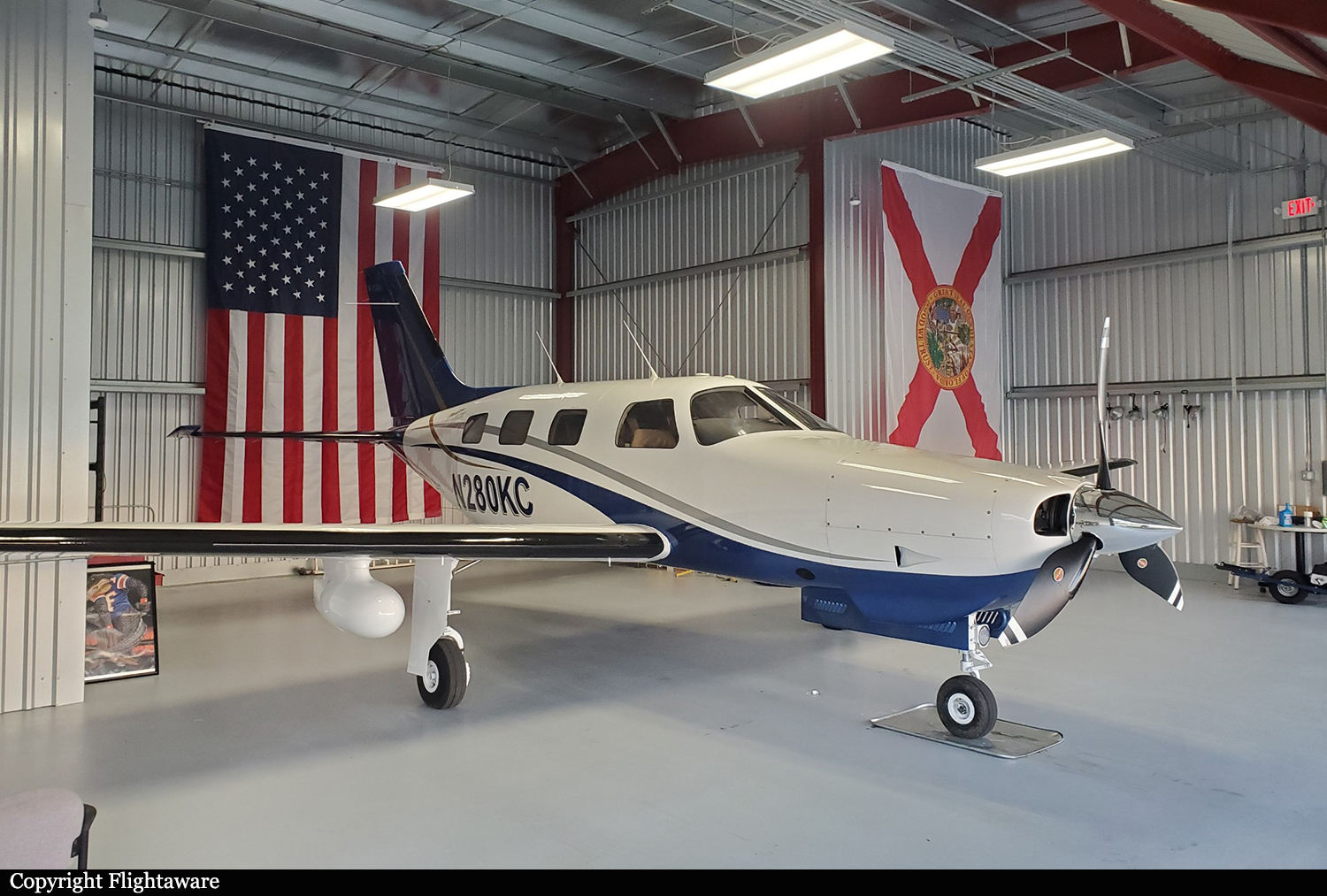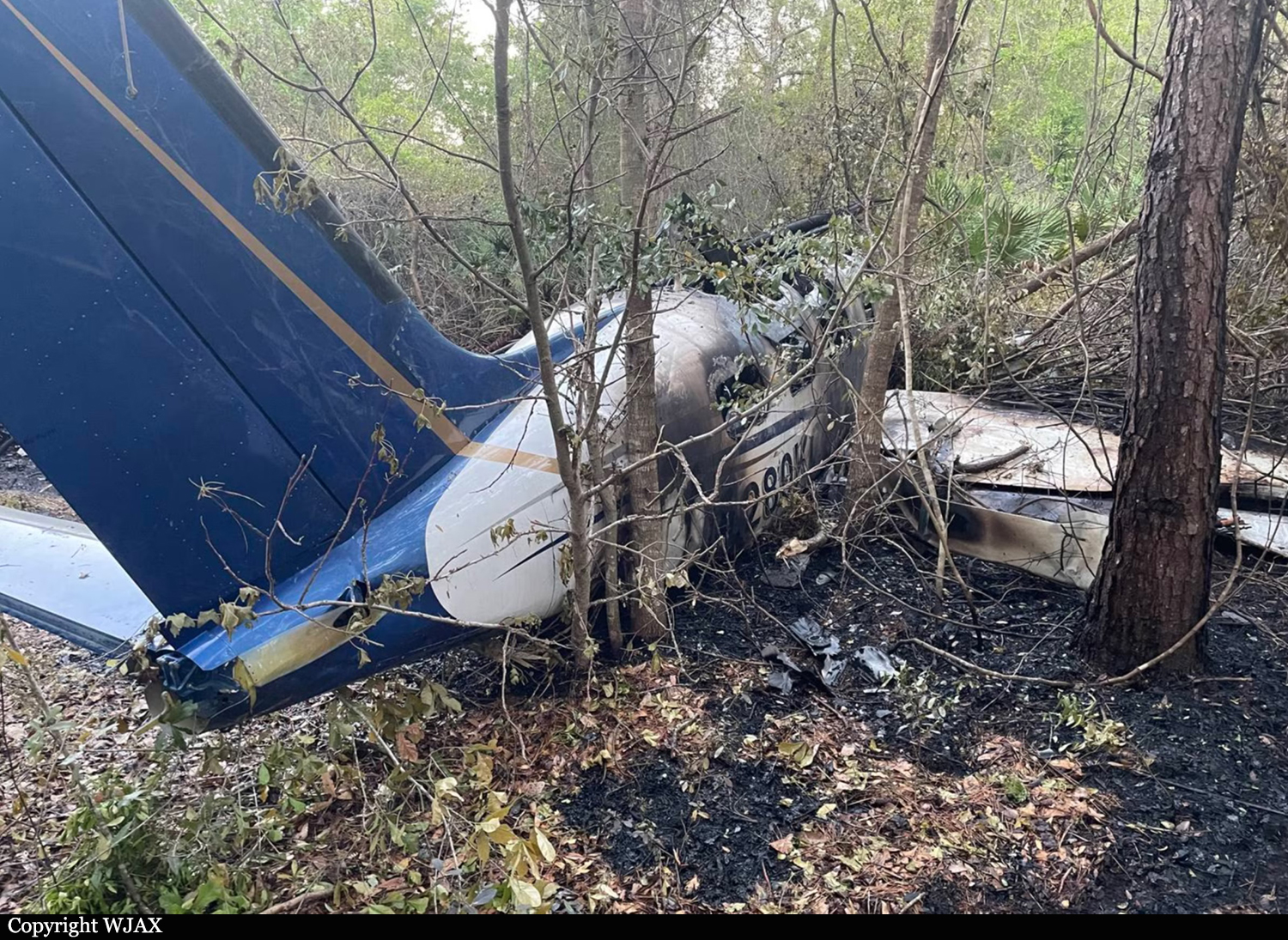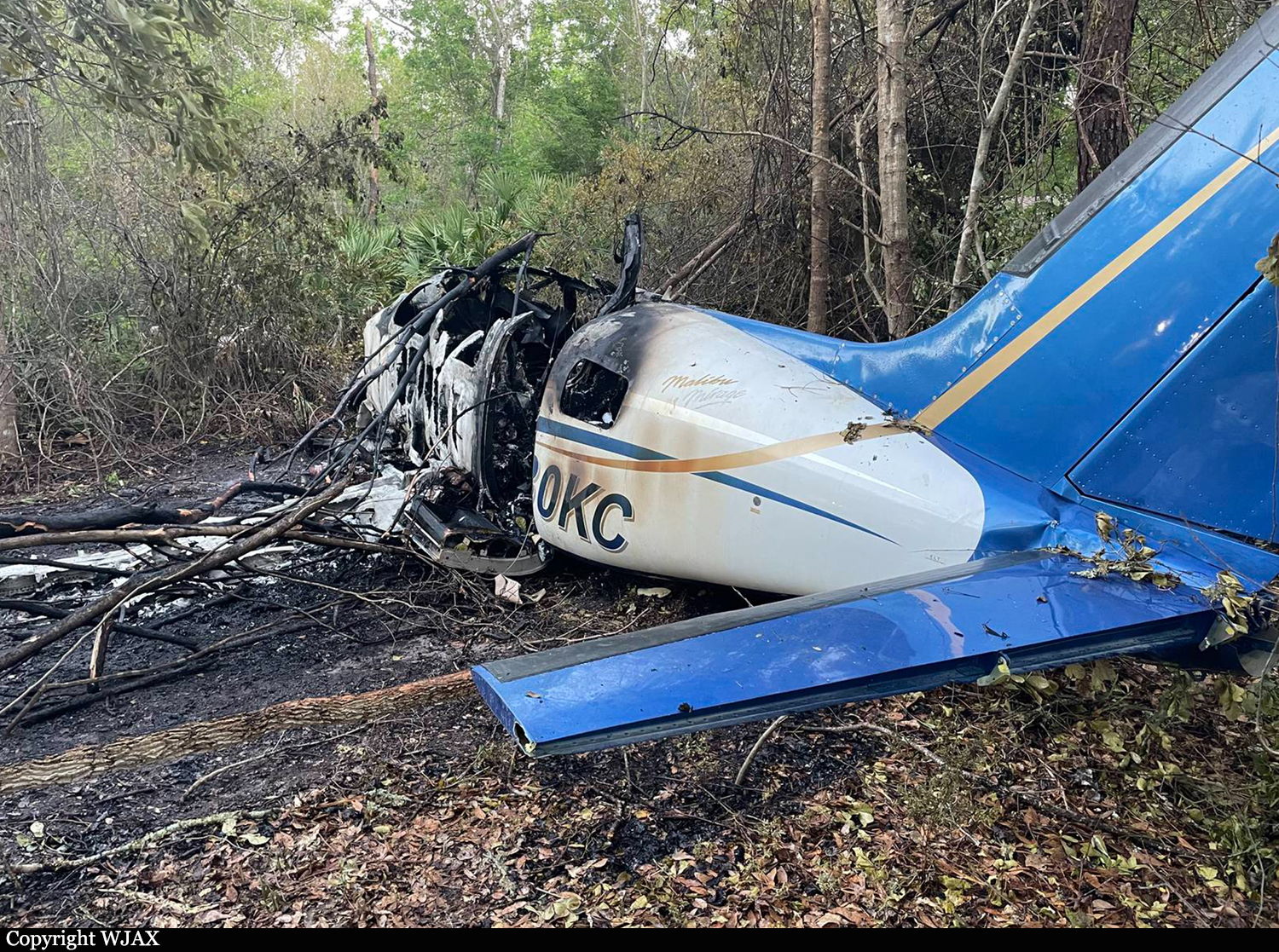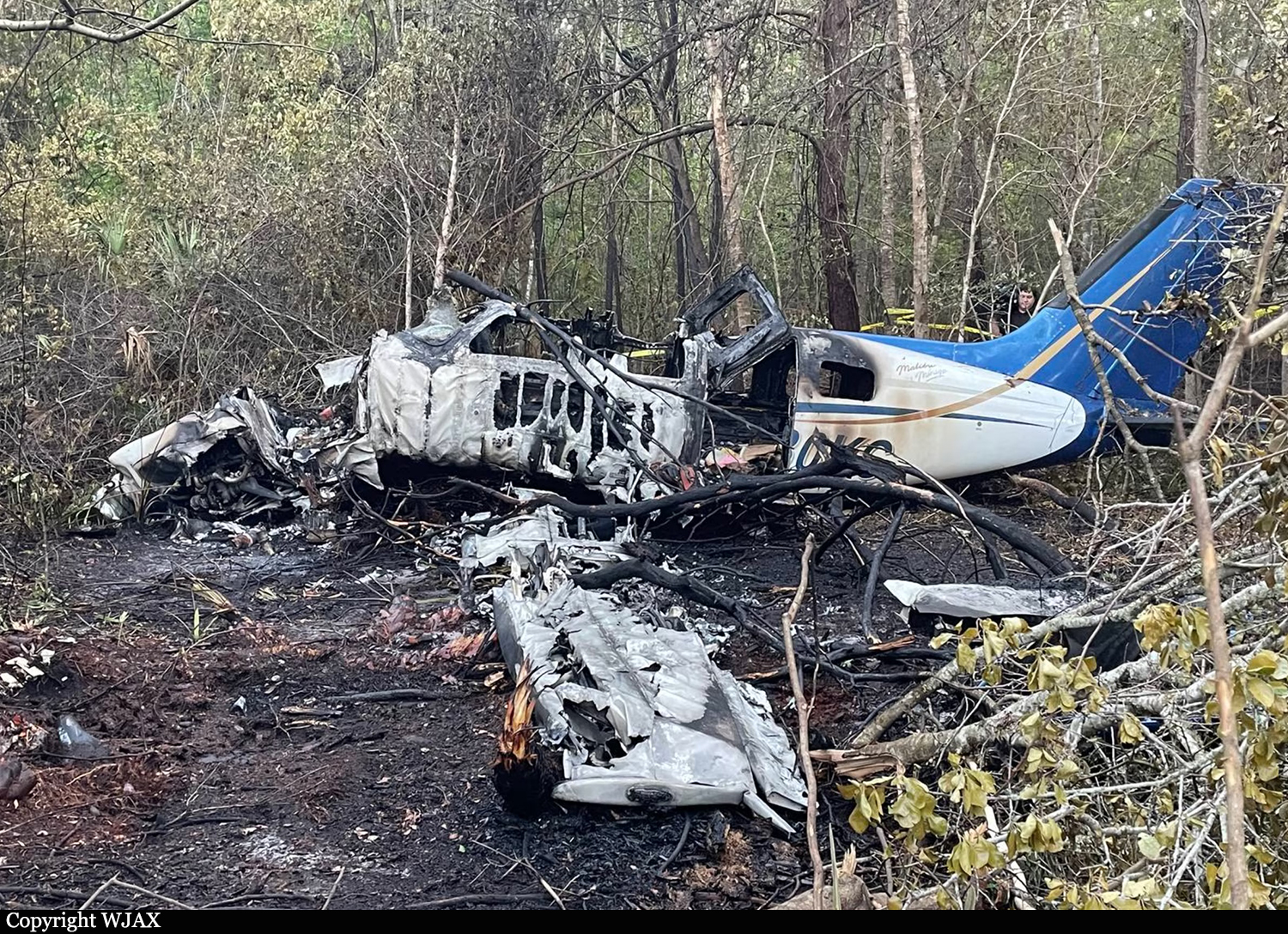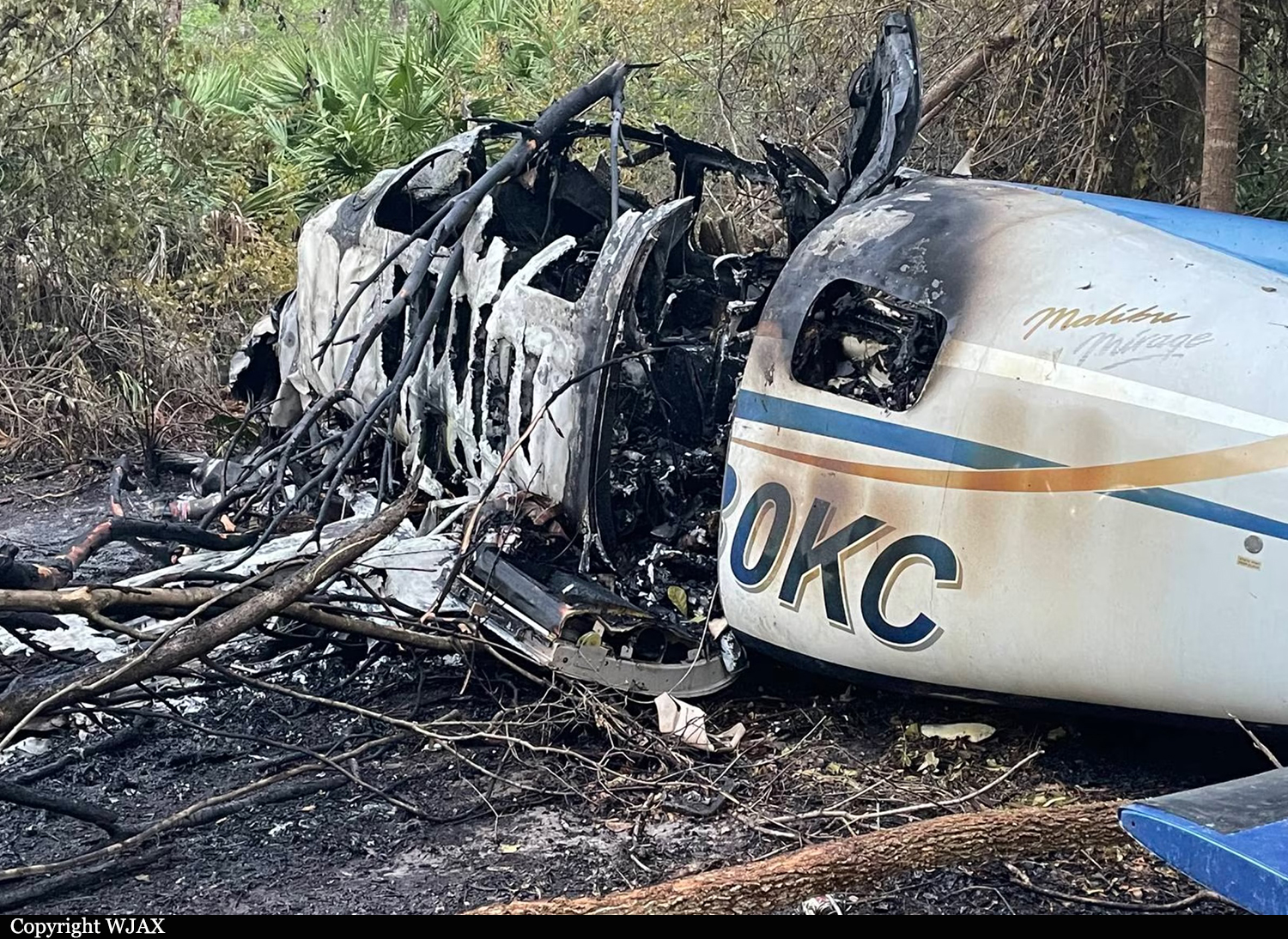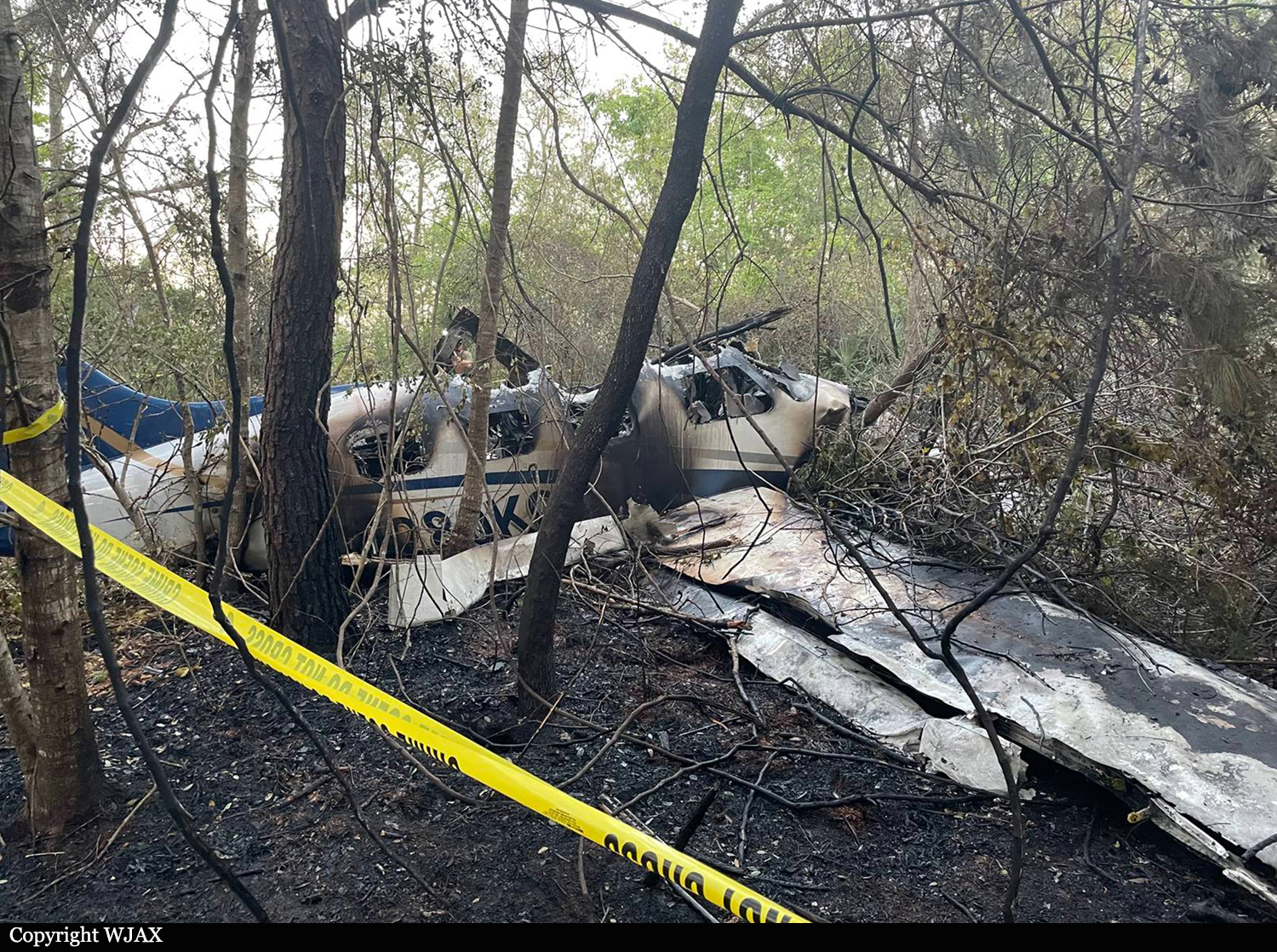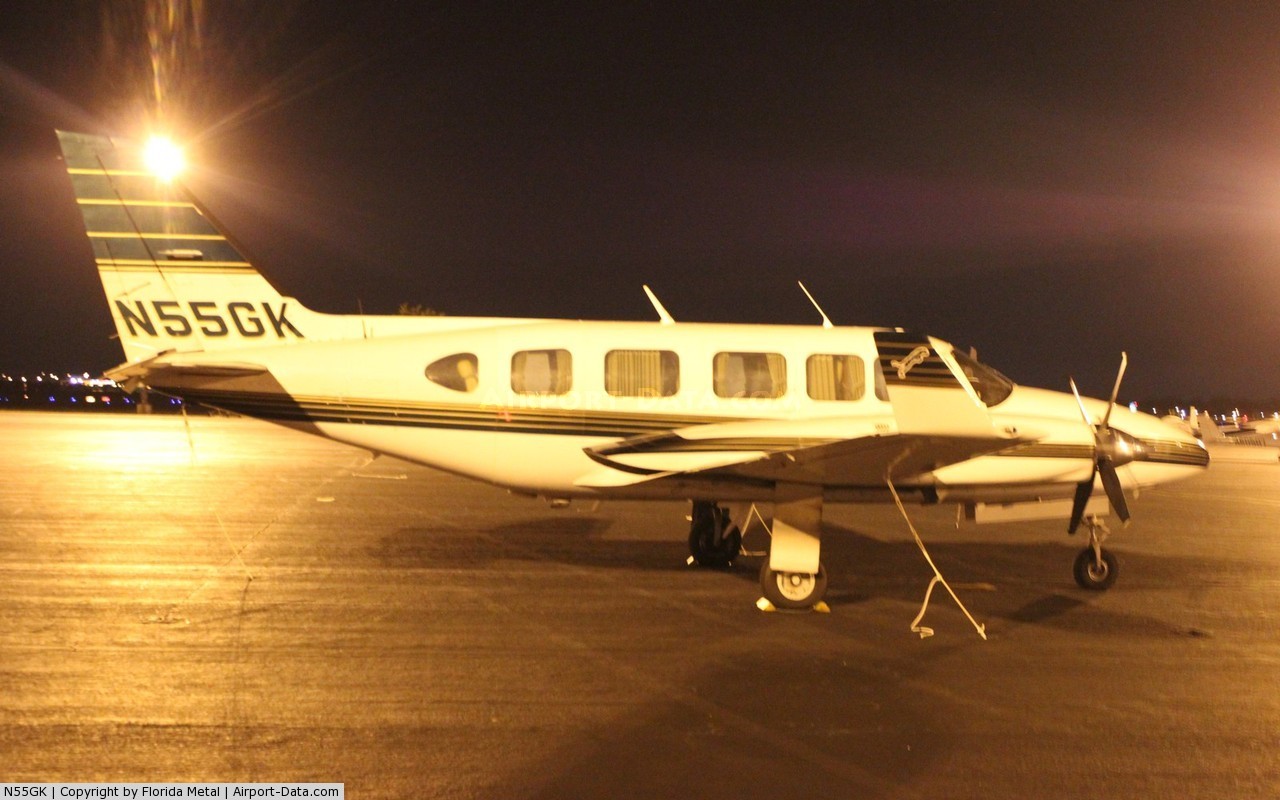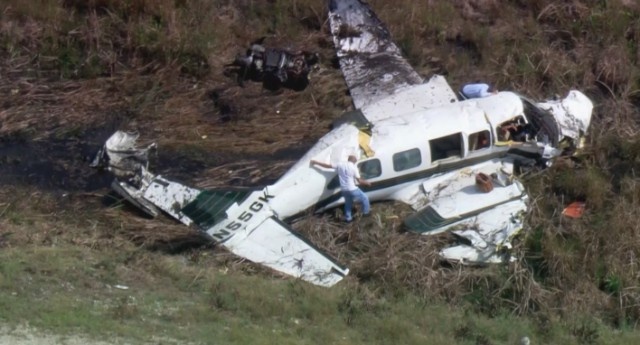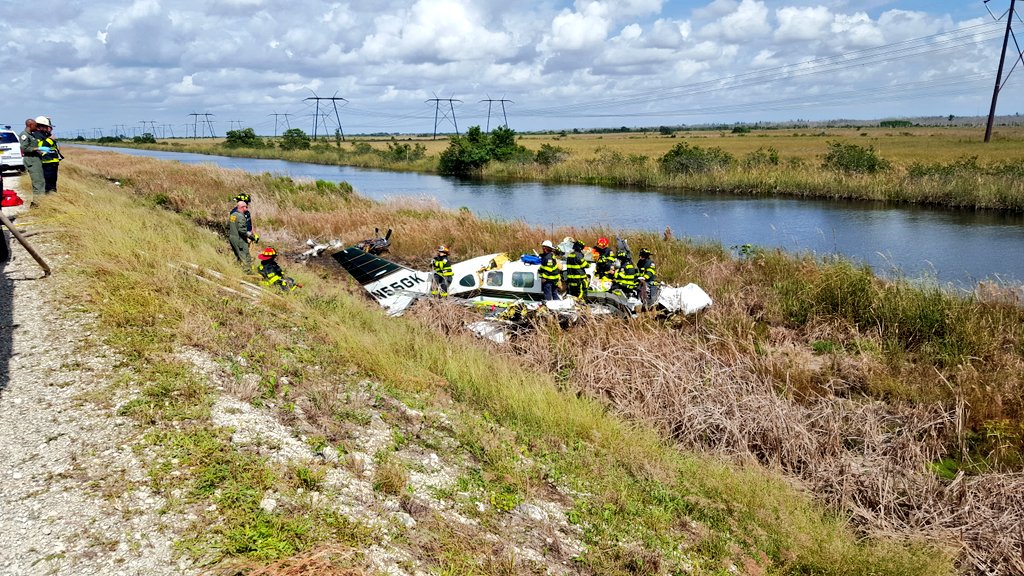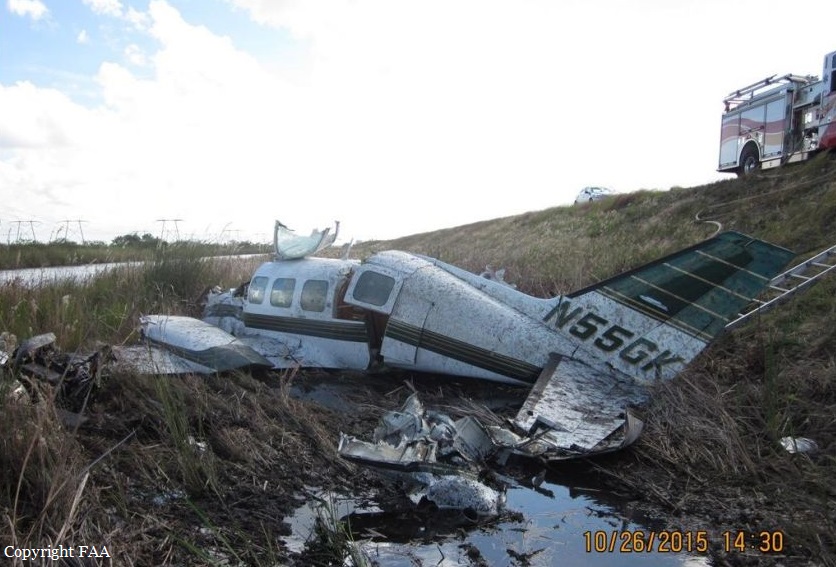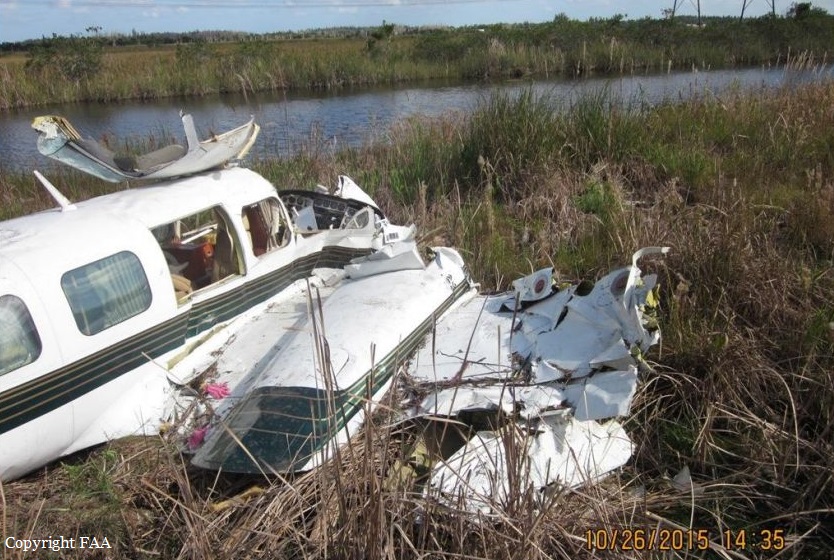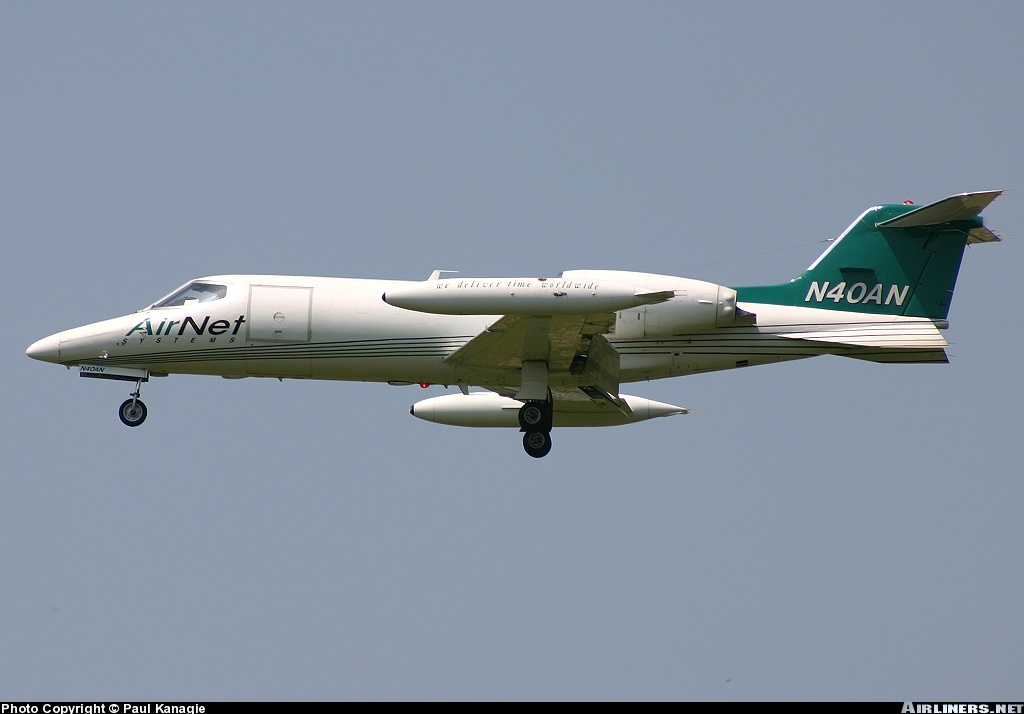Crash of a Piper PA-46-350P Malibu Mirage in Saint Augustine
Date & Time:
Mar 23, 2023 at 1644 LT
Registration:
N280KC
Survivors:
Yes
Schedule:
Saint Augustine – Jacksonville
MSN:
46-36219
YOM:
1999
Crew on board:
1
Crew fatalities:
Pax on board:
1
Pax fatalities:
Other fatalities:
Total fatalities:
0
Aircraft flight hours:
3896
Circumstances:
The pilot reported that the airplane did not gain sufficient airspeed during the takeoff roll. He stated that, to avoid overrunning the runway onto a busy road he lifted the airplane off the runway when it reached rotation speed near the end of the runway. He was able to clear the highway, but the airplane contacted trees on the far side of the highway. The airplane descended to the ground and postimpact fire ensued. Witnesses who heard and saw the airplane taking off reported the engine sounded strong, as if it was running at full power. One witness observed the airplane pitch up into a steep nose-up attitude, climb to an estimated altitude of 100 ft, then start settling, barely clearing the streetlights along the side of a road. The airplane then began a slight roll to the left and struck trees. A large fireball erupted almost immediately upon impact with the trees. The climb and impact sequence were later verified by review of airport security camera video. The pilot contacted air traffic control (ATC) and requested to take off from a runway that was 2,700 ft in length, had an uphill gradient, and obstacles off the departure end. In addition, the pilot did not use the entire runway for the takeoff; instead, he initiated the takeoff with 2,301 ft of runway available. The requested runway also resulted in him departing with a tailwind component of about 3 knots, and an 11-knot crosswind component. The primary runway in use was 8,001 ft long and would have resulted in the airplane taking off downhill, with a headwind and no obstacles off the departure end. The runway selected by the pilot was closer to his hangar than the available longer runway. Examination of the wreckage did not reveal any evidence of preimpact failure of the engine or airplane that would have precluded normal operation. As the postimpact fire consumed many of the items onboard, the investigation was unable to establish the actual weight of the items that were loaded onto the airplane. However, the weights of the recovered cargo, in addition to the weights of the occupants (the pilot, his wife, and their dog), and the fuel onboard, indicated that at a minimum the total weight was in excess of the airplane’s maximum takeoff weight by about 14 pounds and the center of gravity (CG) was outside of the forward limit of the operating envelope. Based on this information, it is most likely that the overweight condition and exceedance of the CG limitations resulted in performance degradation that prevented the pilot from gaining sufficient airspeed and altitude to clear the trees off the end of the runway. The performance degradation was compounded by the pilot’s runway selection, which resulted in a takeoff tailwind component and obstacles.
Probable cause:
The pilot's inadequate preflight planning, which resulted in a takeoff above the airplane’s maximum gross weight, a CG forward of the limit, and a tailwind component that prevented the airplane from climbing above trees.
Final Report:
